Top Banks in Norway
Banks offer a variety of banking services regardless of immigration status.
Banks in Norway offer a variety of banking services. Regardless of immigration status, all Norwegian residents have access to essential financial services.

Basic financial services include debit cards, bank accounts, and online banking access. Following a consumer risk assessment, the bank offers further services such as loans, credit cards, and BankID.
Anti-money laundering regulations require banks to take action to avoid being used by fraudsters for schemes involving money laundering.
Due diligence procedures must be followed, as part of which the bank must locate the customer, confirm their identification, and collect any other relevant data.
Customers should inquire with their bank about the types of documents they must send or give. In addition, the consumer must be able to converse with bank personnel directly or through an interpreter.
Under Norwegian law, accepting deposits and extending credit together necessitates the need for a banking license. The Financial Undertakings Act 2015 contains the key regulations that apply to banks.
To accept deposits from the general public, financial institutions in Norway need to hold a banking license. Non-banking credit institutions can raise capital from the general public by issuing bonds or other debt securities.
If their home state license permits it, EEA credit institutions that provide operations in Norway based on their licenses may accept deposits there.
Banking system
The banking industry in Norway is governed by the Ministry of Finance, the Financial Supervisory Authority, and the Central Bank of Norway (FSAN). The FSAN is the regulatory agency in charge of regulating financial institution behavior and market activity.

The Financial Supervisory Authority, the Central Bank of Norway, and the Ministry of Finance oversee Norway's banking sector. The regulatory body in charge of policing market activity and financial institution behavior is the FSAN.
The initiative's intermediate goals include promoting financially sound and accessible financial institutions, improving investor and customer protection through counseling, and assisting in effective crisis management.
Additionally, it maintains a strong infrastructure that guarantees the completion of unresolved issues in the commerce, settlement, and payment sectors.
The FSAN is also responsible for supervising the financial markets, accounting, pension funds, and real estate sector. The FSAN supports the growth of the judicial process as well.

To ensure a robust financial system, the FSA keeps an eye on financial stability and offers suggestions for lowering systemic risk.
The organization also grants licenses for interbank platforms, supervises the operation of the billing system, and participates in the development of the legislative framework.
Norway does not belong to the EU. As a result, Norway won't be directly impacted by EU legislation. But as per the agreement establishing the European Economic Area, Norway is a component of the European internal market.
Due to this agreement, Norway has consented to implement all EU laws deemed pertinent to the EEA.
The FSAN is a permanent observer of the European Banking Authority, European Insurance and Occupational Pensions Authority, and European Securities and Markets Authority.
Norway participates in the European Financial Stability Board's regional dialogue group and occasionally attends meetings of the European Systemic Risk Board as an observer.
Top Banks in Norway
Norway is a wealthy nation with a strong economy and an effective administration that has thrived on open policies. As a result, over the past 200 years, the Norwegian banking industry has grown in waves.
From a humble beginning, the number of banks quickly grew until at least one was present in almost every small town. During the late 1920s recession, numerous banks were forced to close but later reopened.
In the 1930s, Norway had about 700 banks, 630 of which were savings institutions. This persisted until about 1970, at which point a quick consolidation began.
There are currently 129 banks registered in Norway, with about 100 of them being savings banks and the others being commercial banks.

Norway is a democratic, economically successful nation in Northern Europe, mostly in the western part of the Scandinavian Peninsula. Norway has a very high standard of life, no corruption, and excellent standards for healthcare and education.
The fact that Norway has more natural resources than its inhabitants contributes to its high standard of living.
In several important industries, including the generation of hydroelectric energy, aluminum, telecommunications, and banking, considerable state ownership coexists alongside free market activity. As a result, Norway has a diversified economy.
The Global Economic Forum rates the financial market extremely well, and it has been growing quickly.
Consolidated banking assets were NOK 3,861.22 billion at the end of 2017, while bank returns on equity averaged 11.3% in 2017. The financial sector heavily supports the European financial sector and accounts for about 6% of Norway's GDP.
Norway has a high level of life compared to its population size, and they were able to do so by using many natural resources.
DNB Bank
When assets and market capitalization are considered, DNB is the biggest bank in the Nordic region. To maintain this status, the bank has increased its financial services, including pension options for private individuals and business clients.
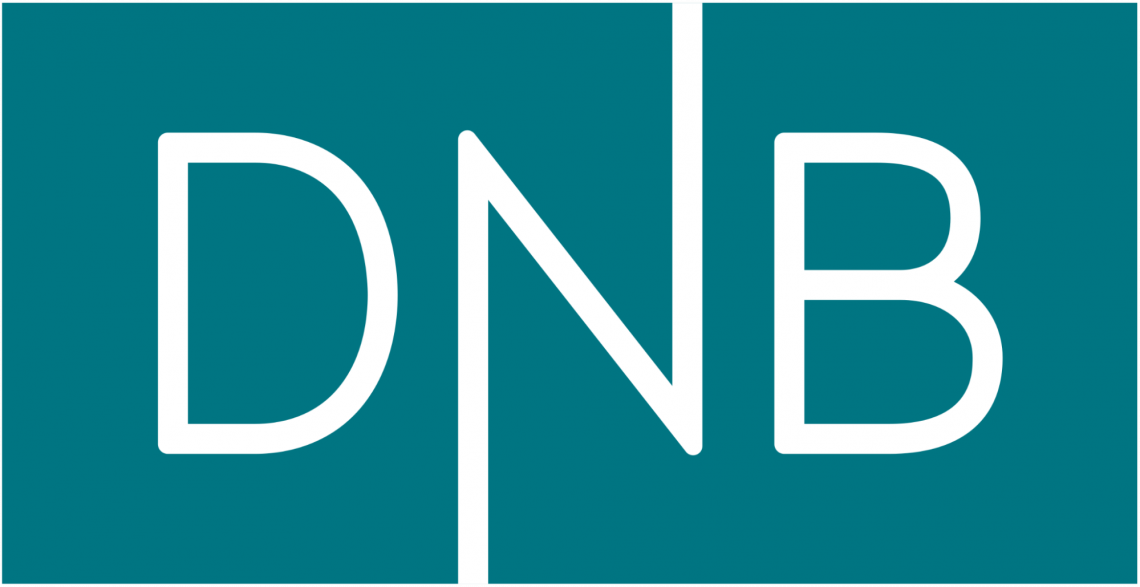
It is also the leading bank in digital marketing, serving up to 1.3 million customers. It was established in 1822 and was one of the country's first private banks.
It has a huge spectrum of subsidiaries to meet the ever-changing demands of the banking public, keep its numbers stable, and provide excellent customer service. DNB is Norway's largest financial services firm and one of the most dominant in the Nordic region.
DNB is Norway's largest financial services firm and one of the most dominant in the Nordic region. In addition, DNB is a multinational maritime, energy, and fisheries bank with a significant global reach.
DNB bank is also Norway's largest investment bank. DNB serves its retail, commercial, and corporate clients from 116 locations in Norway and 23 abroad offices.
In addition to traditional postal and banking locations, the bank's increasing internet banking systems provide additional client service options.
SpareBank 1 SR-Bank
SpareBank 1 SR-Bank has $27 billion in total assets making it the second-biggest bank owned by a Norwegian firm and the largest bank in the area. This bank was created in 1976.
It provides a range of products and services suitable for banked retail and corporate clients in the counties of Aust-Agder, Vest Agder, Rogaland, and Hordaland.
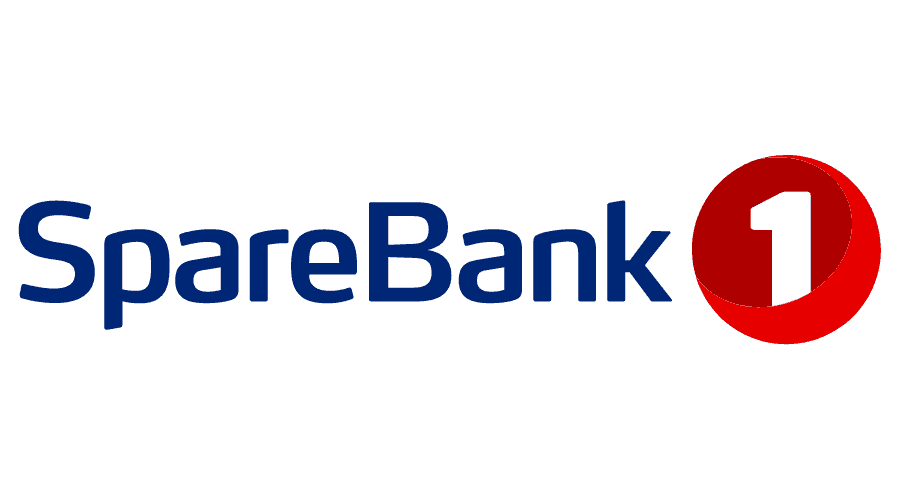
The bank oversees the management of customer deposits, loans, credit cards, and internet banking. The bank is located in Bjergsted and has 300 locations around Norway.
SpareBank 1 SR-Bank had over 350,000 customers and gross loans of $ 22.88 billion as of August 2022.
The bank's influence has expanded significantly outside of Rogaland. For instance, in Norway's south and west, consumers have received most of the bank's core loans.
SpareBank 1 SR-Bank transitioned from a private to a public limited company in 2012. By satisfying the capital needs of its clients, it was intended to make it straightforward for the bank to spread additional wealth throughout the area.
Handelsbanken Norway
Handelsbanken, one of the world's most prominent banks, was founded in 1871. Their markets include the U.K., the Netherlands, Sweden, and Norway.
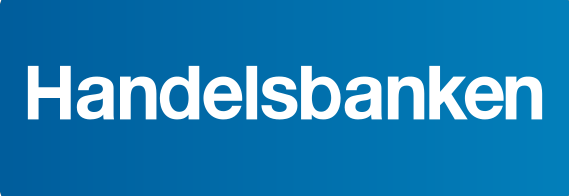
Being the first investment listed on the Swedish stock exchange gives the bank a unique perspective. The bank was established to conduct legitimate banking transactions with consumers in Stockholm.
This set the framework for the future growth of local banking. Handelsbanken has been expanding internationally since the late 1980s. In the 1990s, they began delivering local personal banking services in Norway, Finland, and Denmark.
Handelsbanken is Norway's third-largest bank, employing 700 people and holding $30 billion in assets. It provides a range of goods and services through 49 strategically located stores across the nation.
Financial services include personal loans, mortgages, savings accounts, insurance, foreign money transfers, retirement planning, debit and credit banks, children's and teen cards and accounts, and internet banking.
Santander Consumer Bank
In addition to accepting deposits, credit card payments, foreign currency, payments for leasing cars, and consignment sales, Santander Consumer Bank, the fifth-largest bank in Norway with partners in Sweden, Denmark, and Norway, also provides personal loans to its customers.
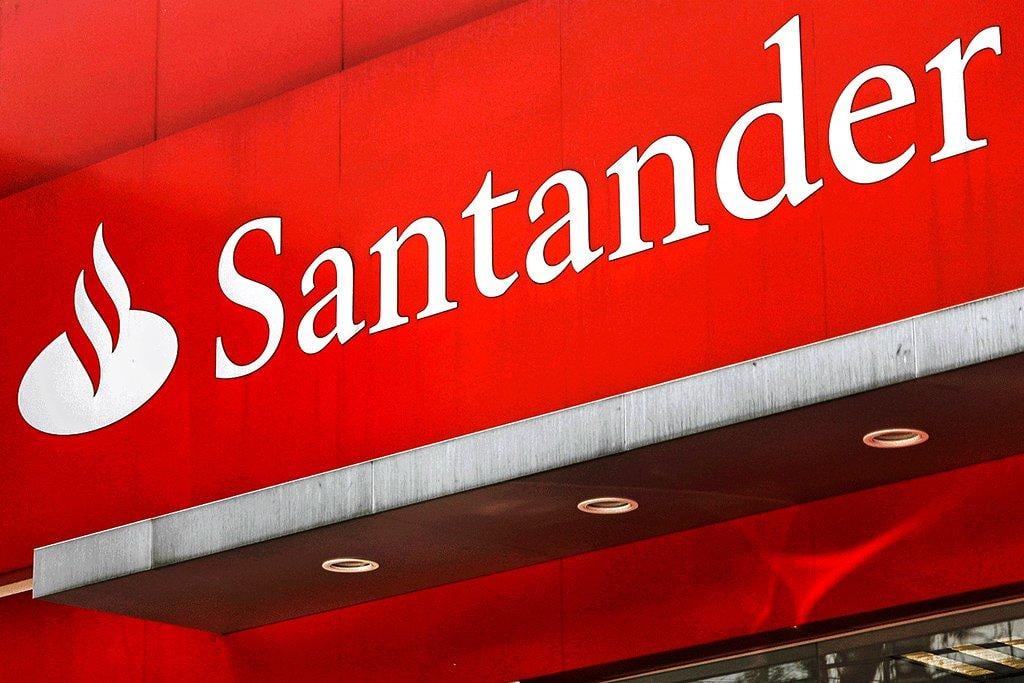
Its total assets, as reported, were $17.2 billion at the end of 2018, of which $14.4 billion represented client loans and $6.3 billion represented customer deposits. The bank's parent firm is Santander Consumer Finance S.A., which has its headquarters in Strandveien.
In Lysaker, Santander has its regional headquarters for the Nordic countries. A focal area has been established for the Nordic region, and the Nordic unit has assets worth NOK 82 billion overall.
Santander Consumer Bank employs about 1,500 people across its various branches. 450 of them are also employed in Norway. Therefore, the bank values having a consistent culture.
This diversified culture creates a perfect environment for lengthy growth and development. Thus, the bank can provide its customers with top-notch services. In addition, the bank values its integration into the community's needs.
Bank Norwegian AS
Bank Norwegian was founded in November 2007, and the Bank Card was introduced in Norway in 2010. The bank has grown throughout the Nordic region, with operations in Denmark, Finland, and Sweden. The digital services started operating in Germany and Spain in 2021.

The headquarters of the banking institution Bank Norwegian are in Fornebu. It serves customers in Norway, Finland, Denmark, and Sweden, offering various financial services.
Bank Norwegian was a part of a business established in 2007 named Norwegian Finans before being acquired by another financial company called Cidron Xingu.
With the growth of Bank Norwegian, users can now access various internet-based services, such as card services, mortgages, and other accounts.
Additionally, it offers clients traditional services. Over $4 billion in assets are owned by Bank Norwegian. Further, it generates more than $100 million a year in revenue.
Storebrand Bank ASA
Storebrand Bank began operating in 2006 as a business bank. Despite having locations all around Norway, the main office of Storebrand Bank is in Lysaker.
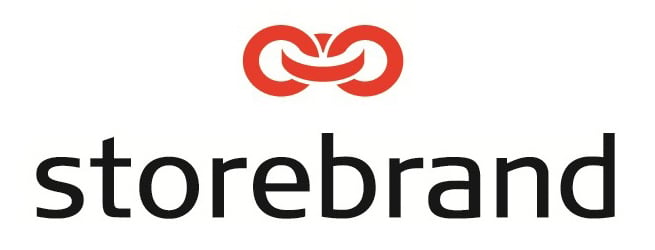
The bank offers various financial services, including retail lending, personal and business banking, and more. The bank has progressed over the last ten years to rank among the top ten banks in the country.
In Norway, Storebrand Bank employs close to a thousand people. It also has $2 billion in assets and a projected net income of $20 million. In addition, Storebrand Bank successfully acquired Swedish SPP in 2007.
The SPP program is a part of the Norwegian Storebrand and operates in the Swedish occupational pension market. They provide a variety of savings and pension options for individuals and corporations.
Because of this business initiative, the bank's stock value increased significantly. A division of Storebrand ASA, the leading provider of retirement plans and insurance in Sweden and Norway, is Storebrand Bank ASA.
Storebrand ASA comprises Bank, Asset Management, and Insurance business categories. The company's objective is to be the best provider of pension savings.
The most significant asset management in Norway is Storebrand, which oversees more than NOK 620 billion in assets. Storebrand ASA employs about 1,700 people and provides services to 1.9 million consumers and 40,000 companies.
BN Bank ASA
BN Bank has operated out of Trondheim since its founding in 1961. The bank has accumulated significant assets over the years, bringing its overall net value to around $30 billion. The bank also generates annual revenue of about $100 million.
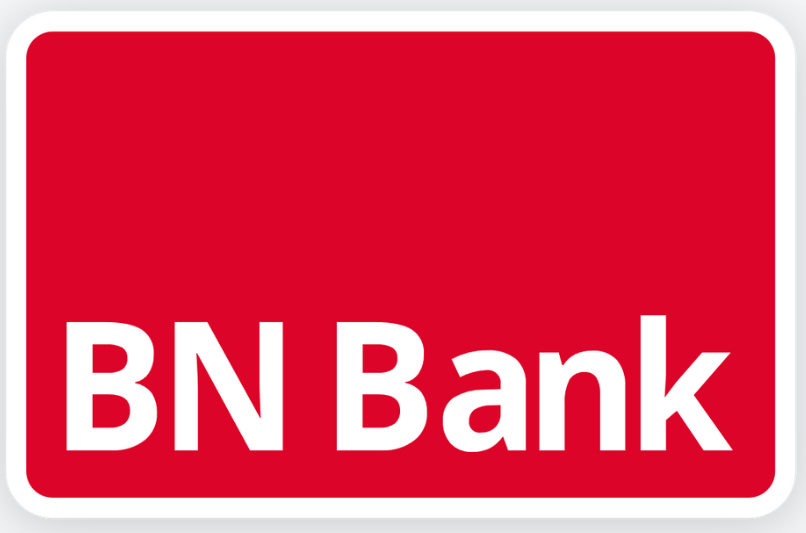
Customers of BN Bank have access to a wide array of banking services, including mortgages, current accounts, savings accounts, and other investment options.
The bank is adept in offering both enterprises and individuals private financing. BN Bank's services are used by more than 50,000 clients nationwide. It is a somewhat large commercial bank with its main office in Trondheim.
The bank, owned by seven regional savings banks and has a combined asset value of 3.4 billion USD, employs roughly 125 employees. The bank takes deposits over the phone, online, through partners, and offers mortgages all around the nation.
The bank specializes in building and commercial real property loans and only offers them to businesses in the greater Oslo area.
- Despite not being a member of the EU, Norway is obligated by the EEA Agreement to comply with all applicable EU banking and financial services laws.
- A license or passport is required to engage in lending, which is a controlled business. On the other hand, Norway has developed guidelines that allow private individuals to crowdfund if specific requirements are met.
- Banks, payment institutions, electronic money institutions, and finance businesses may engage in spot foreign exchange trading with the proper licenses.
- The largest single issuer on the Norwegian bond market is the central government. Government securities are sold in NOK and have a fixed coupon rate paid yearly.
- Domestic commercial and regional savings banks predominate in Norway's banking sector.
- Norway agreed to launch the automatic information exchange in September 2017 when it signed the agreement for automatic information exchange on October 29, 2014.
Free Resources
To continue learning and advancing your career, check out these additional helpful WSO resources:




or Want to Sign up with your social account?